In an increasingly noisy world, the concept of silence has become a rare commodity. The growing recognition of noise pollution’s detrimental effects on health and well-being has led to the emergence of a unique initiative: the certification of global "quiet" locations. These designated areas, often referred to as Silent Sanctuaries or Quiet Zones, are spaces where natural soundscapes prevail, free from the intrusive hum of human-made noise. The movement to preserve and certify these areas is gaining momentum, offering a refuge for those seeking respite from the cacophony of modern life.
The idea of certifying noise-free locations is not entirely new, but its global implementation marks a significant shift in how societies value auditory environments. Organizations like the Quiet Parks International (QPI) and the World Soundscape Project have pioneered efforts to identify, protect, and promote areas where silence—or near-silence—is the dominant feature. These certifications are not just about the absence of noise; they celebrate the presence of natural sounds, from rustling leaves to birdsong, which are increasingly drowned out in urban settings.
What qualifies a location as a Silent Sanctuary? The criteria are stringent. Certified areas must demonstrate minimal anthropogenic noise, typically measured over extended periods to account for seasonal variations. Sound levels are monitored using specialized equipment, and any disruptions—such as nearby traffic or industrial activity—can disqualify a site. Beyond decibel levels, evaluators consider the quality of the soundscape. A forest with a rich tapestry of natural sounds may be deemed quieter than a barren desert with lower decibel readings but less auditory diversity.
The benefits of these quiet zones extend far beyond the simple pleasure of silence. Research has shown that prolonged exposure to natural soundscapes can reduce stress, lower blood pressure, and improve cognitive function. In contrast, chronic noise pollution has been linked to sleep disturbances, cardiovascular diseases, and even mental health issues. By certifying and protecting these areas, advocates hope to underscore the importance of auditory health, much like the way green spaces are valued for their environmental and psychological benefits.
One of the most notable examples of a certified Silent Sanctuary is the Zabalo River in Ecuador, the world’s first Quiet Park. This remote stretch of rainforest, accessible only by boat, offers an uninterrupted soundscape of flowing water, wildlife, and wind. The certification has not only preserved the area’s acoustic environment but also boosted eco-tourism, providing a sustainable economic model for local communities. Similar initiatives are underway in places like the Scottish Highlands and the deserts of Nevada, where vast, uninhabited landscapes offer ideal conditions for silence.
However, the path to certification is not without challenges. Balancing human activity with the preservation of silence is a delicate task. Even in remote areas, the encroachment of infrastructure projects or tourism can threaten the very qualities these certifications seek to protect. Advocates emphasize the need for strict regulations and community involvement to ensure that Silent Sanctuaries remain undisturbed. In some cases, this has led to innovative solutions, such as "quiet hours" in national parks or noise-limiting agreements with nearby industries.
The cultural dimension of silence also plays a role in these certifications. In many indigenous cultures, silence is not merely the absence of noise but a sacred space for reflection and connection to the natural world. By collaborating with local communities, certification programs can incorporate these perspectives, enriching the global understanding of why silence matters. This cultural sensitivity ensures that Silent Sanctuaries are not just tourist attractions but respected spaces with deep ecological and spiritual significance.
As the demand for quiet grows, so does the potential for these certifications to influence urban planning. Cities are experimenting with "quiet zones" in parks, libraries, and even public transit, recognizing that access to silence is a public health issue. While these urban efforts may not achieve the pristine silence of a remote wilderness, they reflect a broader shift in prioritizing auditory well-being. The hope is that the principles behind Silent Sanctuaries—preservation, respect, and mindfulness—will permeate louder, busier environments.
The certification of Silent Sanctuaries is more than a niche environmental effort; it is a response to a growing global crisis of noise. In a world where the volume seems perpetually turned up, these quiet zones offer a reminder of what we stand to lose—and what we can regain. Whether in the heart of a rainforest or the corner of a city park, the pursuit of silence is, ultimately, a pursuit of balance. And in that balance, there is a profound opportunity to reconnect with the world, and ourselves, in ways we are only beginning to understand.

By /Jul 8, 2025

By /Jul 8, 2025
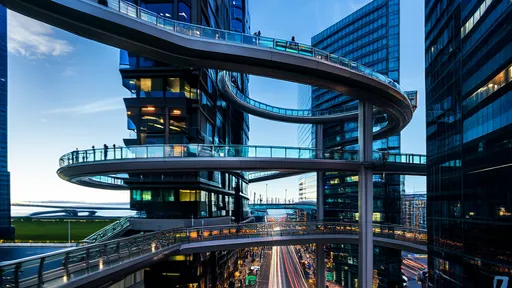
By /Jul 8, 2025

By /Jul 8, 2025
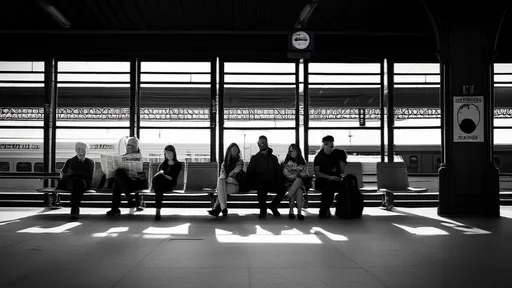
By /Jul 8, 2025
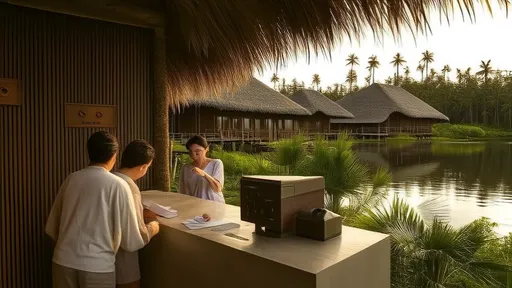
By /Jul 8, 2025
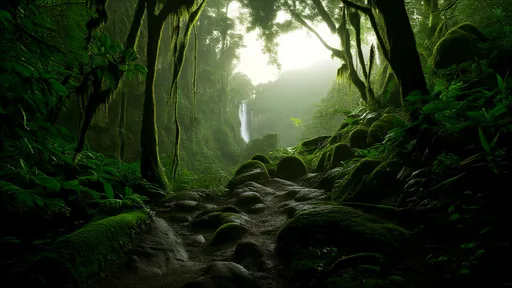
By /Jul 8, 2025

By /Jul 8, 2025

By /Jul 8, 2025

By /Jul 8, 2025

By /Jul 8, 2025

By /Jul 8, 2025

By /Jul 8, 2025

By /Jul 8, 2025
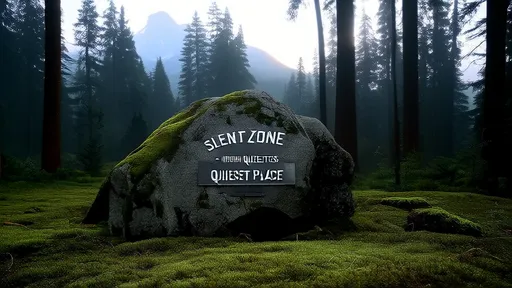
By /Jul 8, 2025

By /Jul 8, 2025

By /Jul 8, 2025

By /Jul 8, 2025